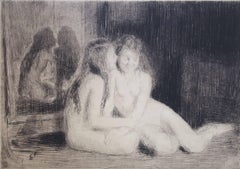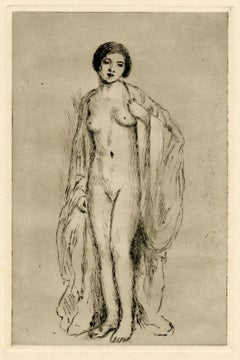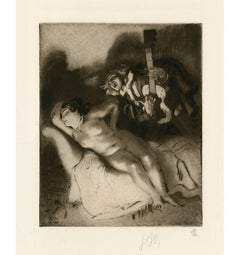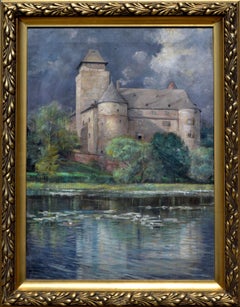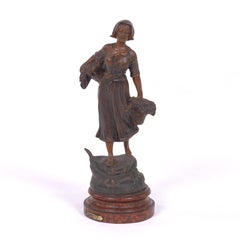Emil Fuchs Art
Emil Fuchs, Member of the Royal Victorian Order, was an Austrian and American sculptor, medallist, painter and author who worked in Vienna, London and New York. He painted portraits of Queen Victoria and Edward VII and was fashionable among London high society in the early 20th century. He was born in Vienna on 9 August 1866. During his years in Austria, Germany and Rome he was a sculptor and medallist, who eventually began to study painting as well. He studied at the Academy of Fine Arts Vienna under Edmund von Hellmer and Viktor Oskar Tilgner. Fuchs then attended the Prussian Academy of Arts in Berlin, where he studied under Fritz Schaper and Anton von Werner. From 1891–97, Fuchs was in Rome, having won the German Prix de Rome in 1891. While in Rome, he had an affair with Elvira Fraternali; this is referred to in the film D'Annunzio. He had a sister Renee and was a brother-in-law of Gustav Freytag. From 1897 to 1915, his address was in London where he regularly met with the artist Lawrence Alma-Tadema. Fuchs had been mainly a sculptor and medallist, but he began oil painting, especially portraiture in oils, in 1897; his early mentor was John Singer Sargent. He exhibited works at the Royal Academy of Arts in 1898 and he taught there. Fuchs was honored with the Royal Victorian Order (MVO) in 1909. While in England he was employed by the Birmingham Mint. By 1905, he had been teaching in Paris, Berlin, Munich, Vienna and Rome and was making winter trips to the United States. Fuchs began going to the United States in 1905, primarily to paint portraits of wealthy socialites. In 1915, during World War I, “a wave of anti-German sentiment” swept England so, to escape it he moved permanently to New York, producing more works there and offering assistance with the war effort. Fuchs became a United States citizen in 1924. He had surgery for cancer in 1928, and in anticipation of death with great suffering, he shot himself at the Hotel des Artistes in New York on 13 January 1929. He created a foundation that put his art on view as a permanent exhibit, and for this, he left $500,000 plus artworks to the public.
1910s Impressionist Emil Fuchs Art
Etching, Drypoint, Intaglio
1910s American Impressionist Emil Fuchs Art
Drypoint
1890s Post-Impressionist Emil Fuchs Art
Drypoint, Etching, Aquatint
2010s Contemporary Emil Fuchs Art
Paper, Drypoint, Etching
2010s Contemporary Emil Fuchs Art
Paper, Drypoint, Etching
Early 1900s Impressionist Emil Fuchs Art
Drypoint
2010s Contemporary Emil Fuchs Art
Paper, Drypoint, Etching
1980s Contemporary Emil Fuchs Art
Drypoint, Etching, Aquatint
1910s American Impressionist Emil Fuchs Art
Drypoint, Aquatint
1970s Modern Emil Fuchs Art
Drypoint, Etching
1980s Pop Art Emil Fuchs Art
Paper, Drypoint, Etching, Aquatint
Late 20th Century American Impressionist Emil Fuchs Art
Paper, Ink, Drypoint
2010s Contemporary Emil Fuchs Art
Paper, Drypoint, Etching
1890s Impressionist Emil Fuchs Art
Canvas, Oil
Early 1900s Victorian Emil Fuchs Art
Metal, Bronze
